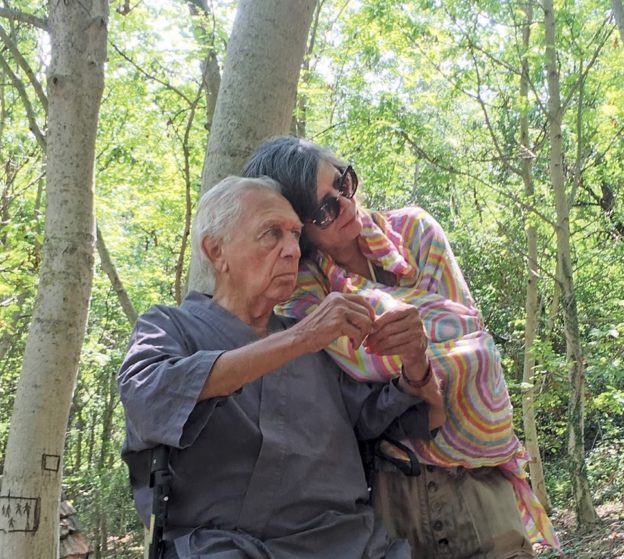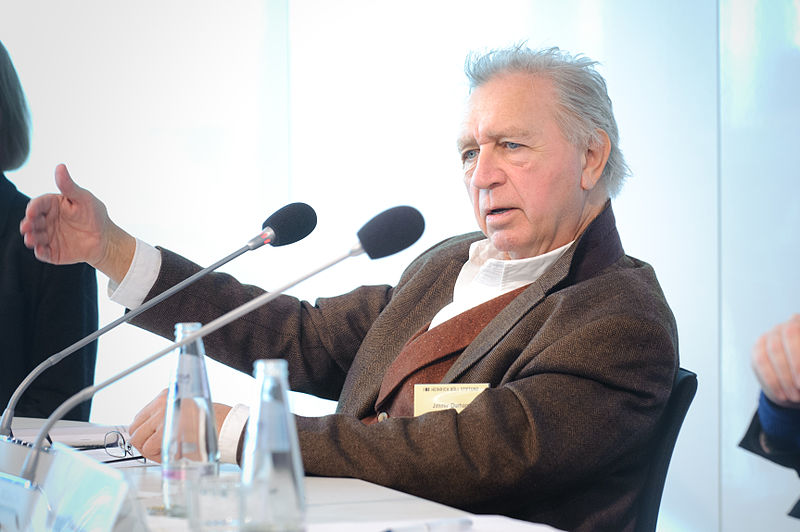

CHE FARE? / WHAT IS TO BE DONE?—curated by Cecilia Casorati and coordinated by Karolina Liusikova and Luca Vitiello—is a daily audio artist intervention presented by RAM radioartemobile.


Participating artists include Jimmie Durham, Maria Thereza Alves, Liliana Moro, Federico Fusj, H. H. Lim, Fabrice Hyber, Cesare Viel, Felice Levini, Donatella Landi, Massimo Bartolini, Anna Muskardin, Magnus Ottertun, Eva Marisaldi, Gert Robijns, Fosco Valentini, Marco Bagnoli, Marco Fedele di Catrano, Achim Wollscheid, Luca Vitone, IRWIN, Olaf Nicolai, Alvin Curran, Maurizio Savini, Vladimir Tarasov, Luca Maria Patella, Leonid Tishkov, Gülsün Karamustafa, Florian Neufeldt, Myriam Laplante, Jean-Baptiste Decavèle, Annie Ratti, Erwin Wurm, Alfredo Pirri, Luana Perilli, Per Barclay, Cesare Pietroiusti, Donatella Spaziani, Alberto Garutti, Hans Schabus, ManfreDu Schu, Matteo Fato, Franz Kapfer, Bruna Esposito, Zafos Xagoraris, Daniele Puppi, Mike Cooper, Pedro Cabrita Reis, and Michelangelo Pistoletto.
See link below for details.

CHE FARE? / WHAT IS TO BE DONE?
RAM radioartemobile
Via Conte Verde 15, Rome.

RAM radioartemobile, Che fare? / What is to be Done?, from top: Jimmie Durham and Maria Thereza Alves listen to their contributions to the project on the RAM website; Per Barclay, Camera d’olio, 2019, Carpintarias de Sao Lazaro, Lisbon, courtesy Galleria Giorgio Persano; Gert Robijns, 4/4; Anna Muskardin, Traslare, 2020; Gülsün Karamustafa, What is Not to be Done?; Elisabetta Benassi, Mario 1968-2018, 2018; Donatella Spaziani, Roma 36 15 aprile 2020, 2020; Liliana Moro, Che fare? #4. Images courtesy and © the artists and RAM radioartemobile.






